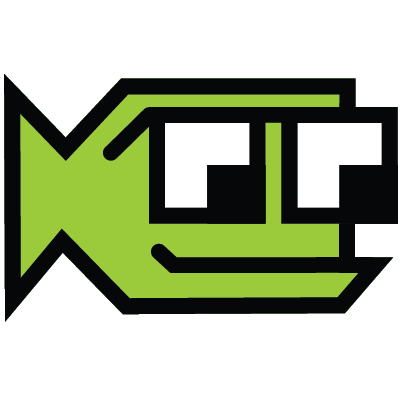Designer Toolkit: Iroshizuku bottled ink
Vibrant colors. Gorgeous bottle.
Designer Toolkit is a new weekly series on Sketchbook B that will highlight an analog tool that designers should be using.
Why designers will love Iroshizuku inks:
Pick your color. The benefit of using a fountain pen is that you can use any color ink you want to, but there are thousands of inks on the market. Where do you start? Iroshizuku inks are distributed by Pilot and have an outstanding range of vibrant and trendy colors to chose from. I've tried five colors and love them all.
Work of art. The ink bottle is a work of art. It’s the type of object that you want to display.
Well behaved. Iroshizuku inks work well in a wide variety of pens, don’t seem to clog the feed on your pen or dry out easily. I’ve had minor issues with some other inks, but not Iroshizuku.
Things to know:
Japanese names. All of the Iroshizuku inks color names are in Japanese. So my favorite ink, chiku-rin allegedly translates* to “bamboo forest.” My wife’s pen has a purple name murasaki-shikibu, apparently meaning* “Japanese Beautyberry.”
That’s a lot of ink. When you buy a 50 ml bottle, that enough ink to last you for a very, very, very long time.
I recommend the sampler. Some retailers sell a sampler set that includes three 15 ml bottles in a cool case. You can pick three inks to try. If you are just getting started, this is the way to go. I’ve got small bottles of green, blue and light brown ink.
How much?
At Goulet Pens, a 50 ml bottle of ink costs $28. A three pack of 15 ml bottles costs $32.
*I am very suspicious of these translations.
Bob Wertz writes about design, technology and pop culture at Sketchbook B. Bob is a Columbia, South Carolina-based designer, creative director, college instructor, husband and dad. He’s particularly obsessed with typography, the creative process and the tools we use to create. In his spare time, he wonders how long it will take him to use an entire bottle of ink. Follow Bob on Twitter and Instagram.




